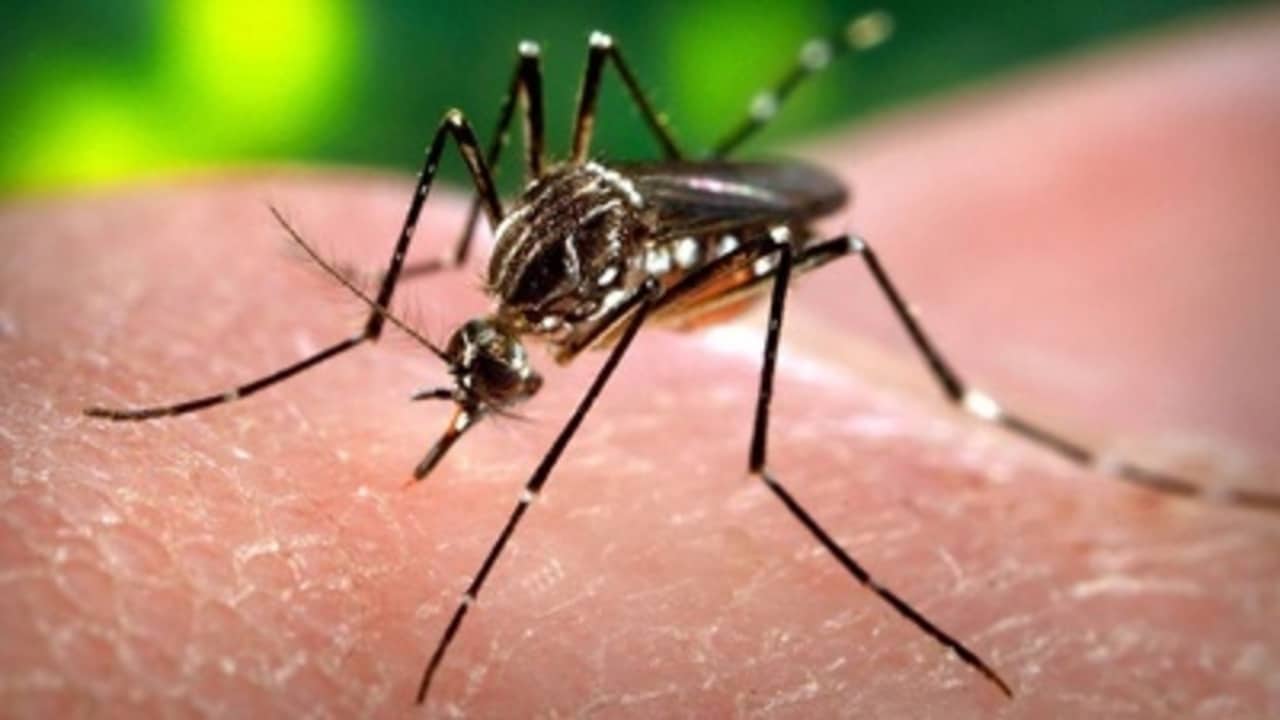The Zika virus has garnered international news in recent weeks for a potential link between microcephaly and Zika. As the virus continues to spread by the Aedes mosquito through the Caribbean and Latin and South America, businesses are starting to take steps to protect their operations. A recent article, “Zika Virus Increases Concerns About Employee Safety,” highlights that businesses are not wasting time and taking a “safety-first” approach.
With a vaccine unavailable and concern about Zika growing, businesses need to take these steps today.
1. Identify Operations Inside the “Hot Zones” of Zika.
The best-laid plans have little value when not applied to the correct locations. Businesses should create a listing of all operations within the affected areas of Zika. This allows businesses to determine if operations should be temporarily suspended. However, basic business principles would undermine suspension, so business owners will need to think about employee demographics.
2. Relocate Female Employees Who Are or Planning to Become Pregnant.
Since Zika appears to coincide with the rise of microcephaly, women who are or planning to become pregnant should avoid the mentioned “hot zones.” This is the safest solution to preventing a further rise of microcephaly due to Zika for businesses.
3. Move Operations Indoors.
Unlike other mosquitoes, which feed throughout the night, the Aedes mosquito feeds primarily at dusk and dawn. Businesses can minimize the impact of Zika by moving operations indoors.
4. Mosquito-Proof the Structure.
Mosquito netting is widely available and should be used to keep mosquitoes outside of working areas. Similarly, torn, tattered, or missing window screens should be repaired or replaced immediately. Some businesses have deployed mosquito-repellant tactics, such as spraying the grounds or nearby water sources with pesticide or larvicide. However, any pesticides or larvicides that have been recommended by the WHO Pesticide Evaluation Scheme may be used to further combat the mosquitoes.
5. Drain Sources of Stagnant Water on Grounds.
The Aedes mosquito is capable of reaching maturity in six days, and each female, adult mosquito is capable of laying up to 100 eggs in one setting. Businesses need to check facilities for areas of standing water, which should be treated drained immediately. Yet, this not enough to destroy the eggs, which can resist desiccation in dry environments for up to nine months. A larvicide spray or other mosquito spray should be used on the area after drainage to eliminate the threat of future hatching.
6. Provide Training to Employees on the Aedes Mosquito.
Businesses should educate employees about the mosquitoes’ biting habits, such as attraction to dark-colored clothing and prevalence in the hours before dusk and after dawn. Employees should apply a DEET-based mosquito repellant when going outdoors during these times, and reapply the repellant every two hours or as needed.
7. Provide Training on the Symptoms of Zika Infection.
Although each of the aforementioned steps serve to prevent Zika transmission, some cases of infection are likely. As a result, employees need to know the symptoms of Zika infection. According to the World Health Organization, these symptoms include the following:
- Fever.
- Malaise.
- Muscle aches or cramps and joint pain.
- Headache.
- Conjunctivitis (inflammation of the eyes’ white areas.)
8. Capture and Test Mosquito Population Samples to Check for Zika or Aedes Mosquitoes.
Businesses should allow governmental organizations to collect mosquito samples from sites, which may then be checked for the presence of the Aedes mosquitoes or Zika virus. Additionally, some businesses may opt to hire private laboratories to conduct these tests on a recurring basis, especially for operations that are centered in the “hot zones.”
While the Centers for Disease Control, the Obama administration, and the World Health Organization continue to investigate the Zika outbreak, businesses must take steps to protect their operations. By following these eight steps, businesses can reduce the potential threat from the Zika-transmitting, Aedes mosquitoes and increase the safety of their employees.


 Rethinking Business Continuity: Applying ISO 22301 to improve resiliency, manage risk, and drive profitability in your organization
Rethinking Business Continuity: Applying ISO 22301 to improve resiliency, manage risk, and drive profitability in your organization